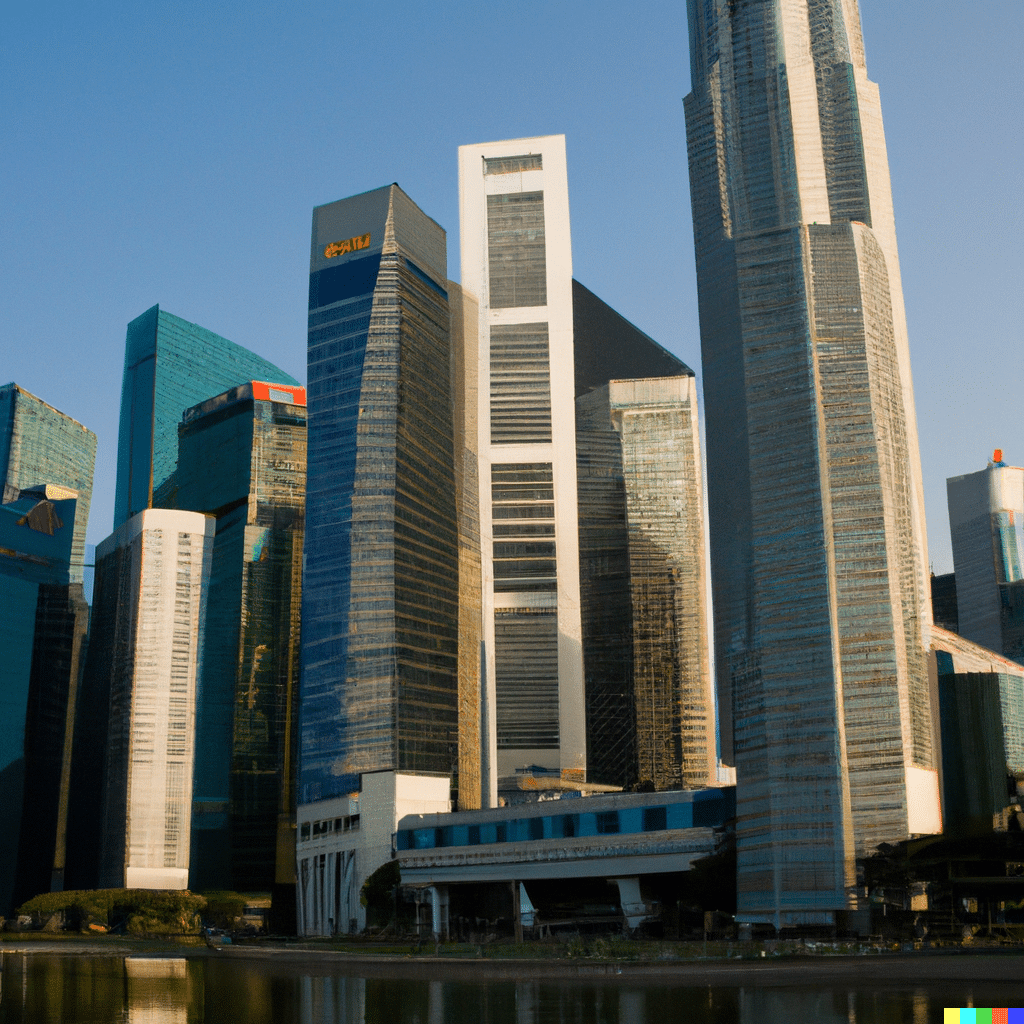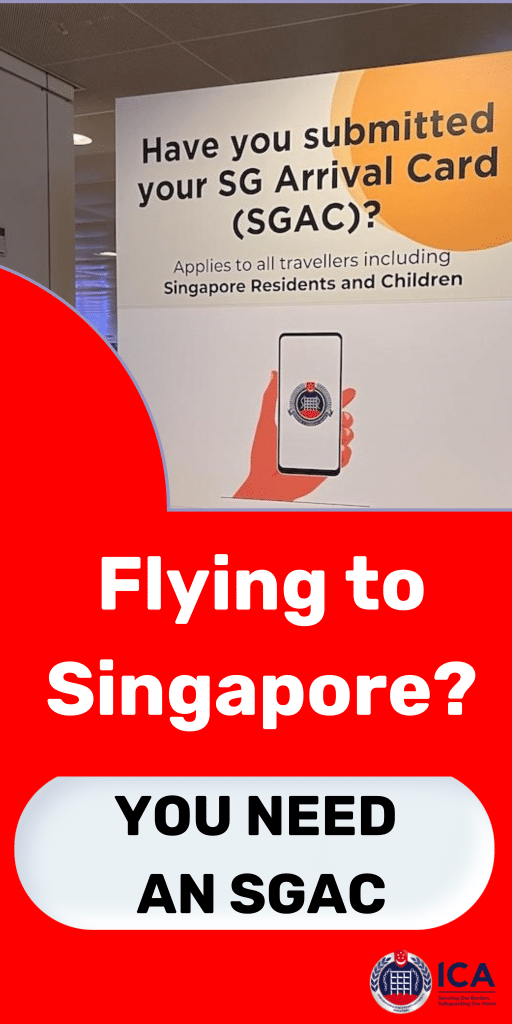In 1965, an uncertain newly-independent Singapore faced daunting nation-building challenges. Half a century later, the city gleams as a hyper-modern metropolis and global hub. This economic transformation from “Third World to First” as described by Lee Kuan Yew represented a monumental undertaking.
This article explores Singapore’s growing pains from independence through to its remarkable development.
We’ll examine the vulnerabilities and risks faced by the fledgling nation, the government’s strategic responses, major milestones, controversies and trade-offs, role of public cooperation, and how Singapore ultimately transcended its “basket case” prognosis to become an economic role model.
Vulnerabilities After Independence
Following separation from Malaysia in 1965, Singapore confronted a bleak outlook:
- Limited land area and natural resources
- Severe unemployment and lack of housing
- No military, hostile threats from neighbors
- Little domestic capital, few companies and industries
- High regulation and taxes hindering free enterprise
- Poor sanitation, dense slums, crime, and socially divisive forces
Pundits predicted failure for independent Singapore. But against the odds, determined leadership catalyzed gradual transformation.
Assertive Nation Building
Prime Minister Lee Kuan Yew governed assertively to instill order and direction:
- Mandatory national service introduced in 1967 to build a defense force
- Tough anti-littering, anti-spitting laws and fines used to change social attitudes
- Public housing program provided affordable homes for the majority
- Bi- and tri-lingual education produced skilled, adaptable workforce
- Government grew the economy through state-driven industrialization
- Tight control maintained over media, politics, labor unions
The government’s vigorous measures aimed to engender stability, security, economic progress and national cohesion amidst early volatility.
Overcoming Constraints
Lacking natural resources, Singapore exploited location and human capital:
- Leveraged port infrastructure and geography to become a trade hub
- Built manufacturing base by attracting MNCs through incentives and skilled workforce
- Developed petrochemical and refining industries using imported oil
- Became global leader in ship repair and rig building
- Supported local firms to expand beyond Singapore into the region
Pragmatic policymaking transformed perceived weaknesses into strengths. Singapore embraced globalization, open markets and created capacity.
Becoming an Asian Tiger
By the 1980s, Singapore’s economic success was evident:
- One of the world’s fastest per capita GDP growth rates between 1960s-1990s
- Major exporter of electronics and computer products by the 1970s with firms like Chartered Semiconductor
- Financial sector took off significantly as regional banking center
- Changi Airport opened 1981, rapidly becoming major regional hub
- Increasing affluence and emerging middle class
- Government budget surpluses and growing reserves
- International acclaim for rapid and thorough public housing
Singapore had exceeded all expectations of its early survival, realizing Lee Kuan Yew’s vision of transforming a “fishing village into first world economy”.
Controversies and Trade-Offs
However, this economic miracle involved controversial approaches:
- Restrictions on press freedom and political opposition in name of unity
- Caning and imprisonment for even minor offences to maintain public order
- Demolition of kampong villages and historical districts for redevelopment
- Limits on Chinese dialects to promote Mandarin and English
- Stop-at-two population control policies
- Foreign talent programs to grow the population later on
- Low taxes, business-friendly environment coupled with limited welfare
Rapid change elicited unease regarding loss of heritage and heavy-handed governance. But many accepted short-term trade-offs, trusting collective benefits would emerge over time.
Lasting Triumph of Public Housing
One crowning policy success was public housing through the HDB:
- Almost 80% of Singaporeans today live in affordable HDB flats
- Public home ownership promoted social stability and asset accumulation
- Integrated towns avoided slums; ethnic quotas promoted diversity
- HDB towns provided convenient access to markets and amenities
- Home prices regulated to prevent unaffordable costs
- Public housing program admired globally as model for equitable development
Public housing at scale uplifted living standards. By making homes affordable, the HDB policy was socially transformative.
Conclusion
Singapore’s against-the-odds rise from third world uncertainty to affluent island-state remains a singular development success story. Pragmatic policies aligned around economic growth, industrialization, human capital development and public housing lifted the nation.
However, this required subordinating some goals like civil liberties to the overarching priority of economic survival and strength.
Tough leaders bet stability and prosperity would validate their methods over time. For Singaporeans, looking back on how far the country has come provides perspective on values like resilience, adaptability, and national solidarity in facing future trials.

Goh Jun Cheng is the chief staff writer for SingaporeAirport.com. Jun Cheng graduated with a degree in journalism from Nanyang Technological University in Singapore.
He has over 5 years of experience writing about aviation, tourism, and lifestyle topics relevant to locals and visitors in Singapore. His articles provide insights into the rich culture, cuisine, and attractions of Singapore. Jun Cheng is an avid traveler who has visited over 15 countries.
When he is not writing or traveling, he enjoys photography, trying new foods, and hiking. As a longtime Singapore resident, Jun Cheng is passionate about sharing hidden gems and perspectives about his home country.




